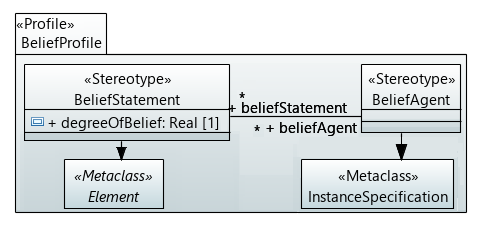
by Robbert Jongeling | Sep 4, 2023 | (meta)modeling, article, requirements
Uncertainty and inconsistency are inherent aspects of the development of any complex system. In practice, both must be tolerated to some extent so as not to inhibit engineers in their work, especially during the early stages of development.

by Robert Clarisó | Nov 8, 2022 | article
We propose an extension to the OCL notation to be able to model constraints even when we do not have enough domain information to be completely precise about the rule we are modeling

by Lola Burgueño | May 27, 2022 | article, Model-driven Engineering, UML and OCL
We show how domain experts can individually reason about their models and combine their opinions to reach a consensus on the models and objects they are modeling

by Antonio Vallecillo | Mar 12, 2019 | article, (meta)modeling, AI, UML and OCL
We propose to assign a degree of belief to model statements, which is expressed by a probability (called credence, in statistical terms) that represents a quantification of such a subjective degree of belief. We discuss how it can be represented using current modeling notations, and how to operate with it in order to make informed decisions.

by Lola Burgueño | Oct 29, 2018 | article, (meta)modeling
Models need to represent the reality as accurately as possible. Nevertheless, complex systems are subject to uncertainty something difficult to express with plain UML. We propose a way to represent uncertainty on software models. Our uncertainty values can then be propagated through model transformations to evaluate the impact on other parts of the system.






Recent Comments